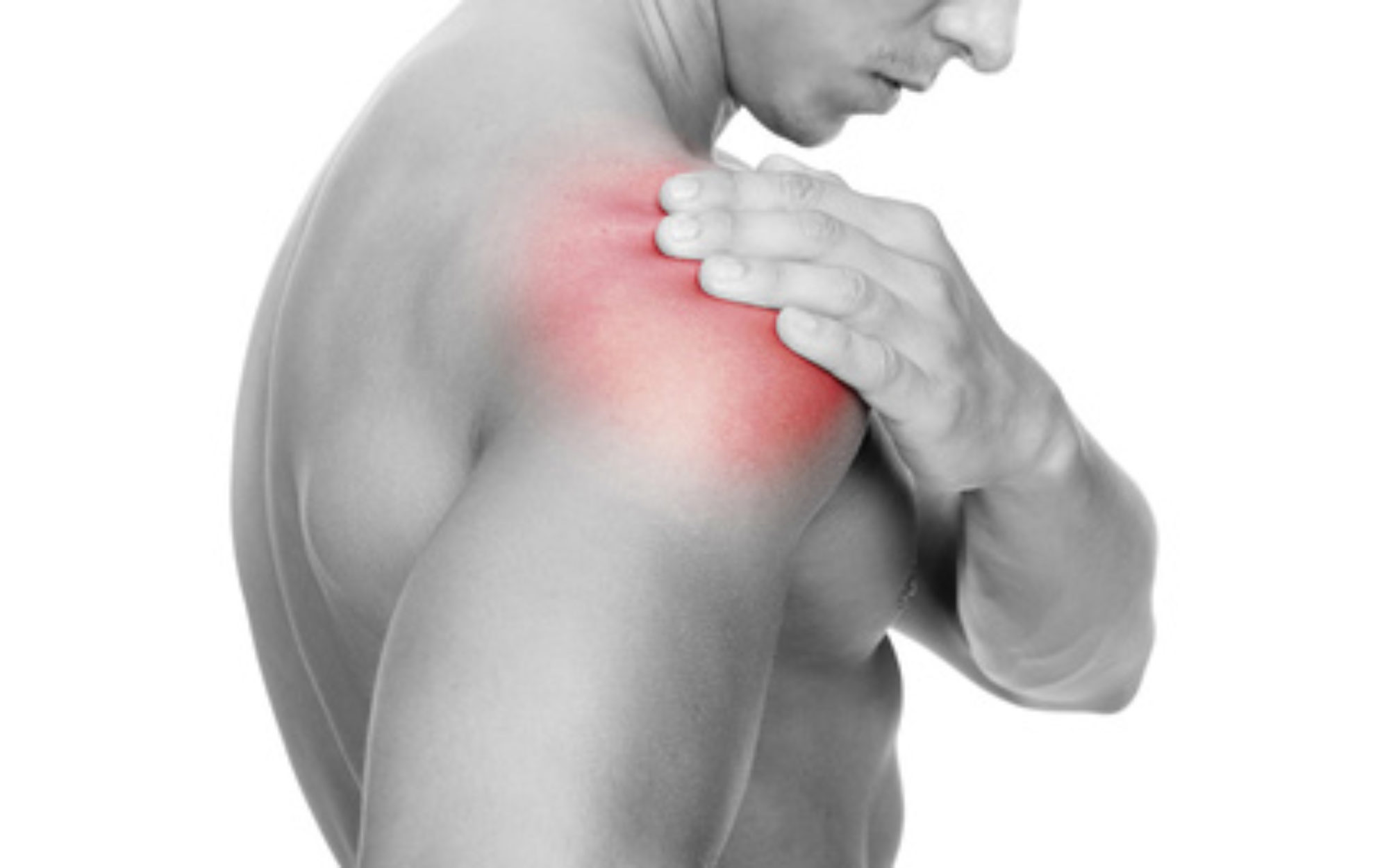| Tibial Periprosthetic Fractures |
- Incidence
- Fracture specific risk factors
- prior tibial tubercle osteotomy
- component loosening
- component malposition
- insertion of long-stemmed tibial components
- Classification
|
|
- Treatment
- nonoperative
- casting or bracing
- indications
- nondisplaced fracture with stable prosthesis
- operative
- ORIF
- indications
- unstable fracture with stable prosthesis
- long-stem revision prosthesis
- indications
- displaced fractures with loose tibial component
|
| Patellar Periprosthetic Fractures |
- Incidence
- 0.2%-21% in resurfaced patella
- 0.05% in unresurfaced patella
- Fracture specific risk factors
- patellar osteonecrosis
- asymmetric resection of patella
- inappropriate thickness of patella
- implant related
- central single peg implant
- uncemented fixation
- metal backing on patella
- inset patellar component
- Classification
|
| Goldberg Classification |
| Type I |
Fracture not involving implant/cement interface or quadriceps mechanism |
| Type II |
Fracture involving implant/cement interface and/or quadriceps mechanism |
| Type III |
Type A: inferior pole fracture with patellar ligament rupture
Type B: inferior pole fracture without patellar ligament rupture |
| Type IV |
All types with fracture dislocations |
|
- Treatment
- nonoperative
- casting or bracing in extension
- indications
- stable implants with intact extensor mechanism
- non-displaced fractures
- operative
- indications
- loose patellar component
- extensor mechanism disruption
- techniques (indications for each have not been clearly defined)
- ORIF with or without component revision
- partial patellectomy with tendon repair
- patellar resection arthroplasty and fixation
- total patellectomy
|

